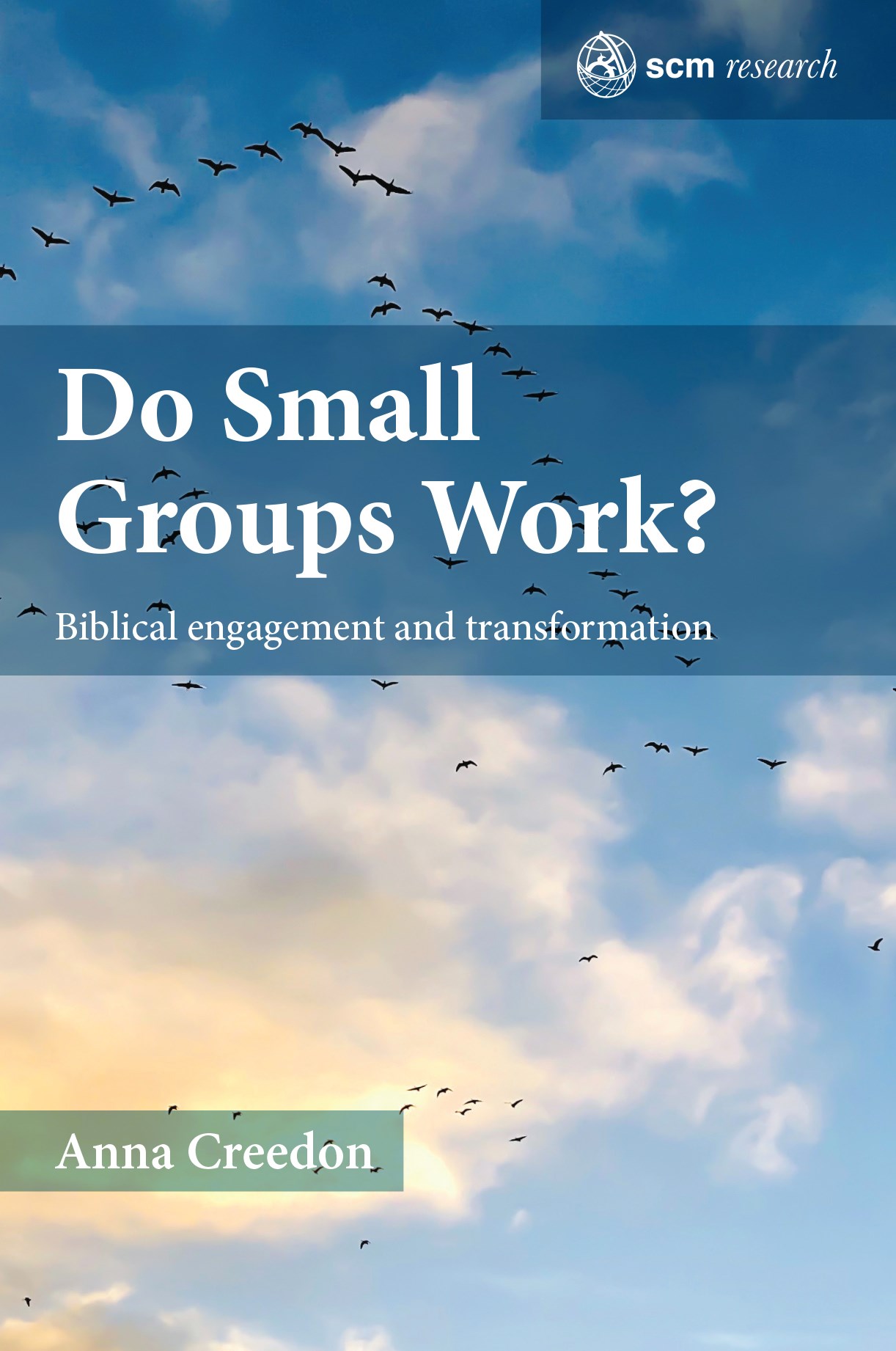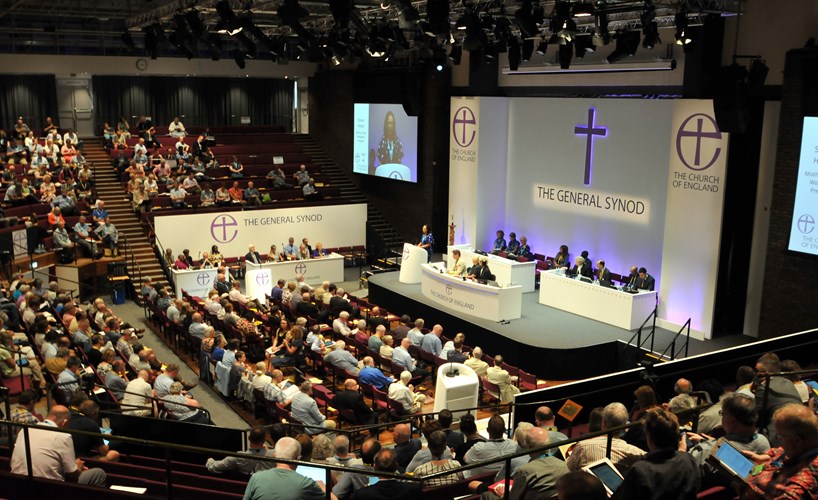Do Small Groups Work?
 Biblical engagement and transformation
Biblical engagement and transformation
Anna Creedon SCM Press 2021
The 2023 July Session of the Church of England Synod was not entirely satisfying ‘live stream viewing’ for those of us who care about the public face of the Church and its commitment to truth, mutual respect, and theological wisdom.
The ongoing process of Living in Love and Faith continues as a slow and contested movement towards accommodation of some kind of inclusivity is embraced. The questions to the steering group revealed deep divisions about how far we might tolerate difference of views – a quality and charism that is (or has been) in the DNA of Anglicanism. We saw a variety of approaches to theological and ecclesiological truth and in particular the sheer complexity of the way we read the Bible. We approach these sacred texts so very differently. There are a multiplicity of ways in which Scripture have shaped our grasp of the Gospel. We read the texts and use them through the lens of our own lives in their complex range of both seeing and unseeing, perception and incomprehension. The Bible stands at the centre of the life of the Church. So, how might we then engage with these sacred texts?
The organising question for this book – emerging out of doctoral research – is to explore whether the context of a small group provides the necessary conditions for transformative biblical engagement to take place. We are invited into a space which explores the relationship between belief and practice. Bible study groups are an essential part of the life of many Churches, but do they make any difference? How transformative are such groups and what is their impact on the people read the Bible together have?
So, the focus of this volume, in the SCM research series (and Creedons doctoral thesis) is this – how the Bible might become a transformative text as read by ordinary Christians. What transformation means, how it happens and what might prevent it from happening set the learning journey. A number of key writers inform the reader how we understand transformation including Bennett and Rowland, Thiselton, Briggs, Schneider, Kim and Ford.
The focus of this work is the experience of ordinary readers, the world of “congregational hermeneutics” and their encounter with Scripture as part of their life of faith.
Three small groups connected with Church of England churches form the data within which the research is conducted. Creedon carefully documents the process, defines key words, and undergirds the process with an understanding of theology and the theological tasks. The quality of reflexivity is demonstrated in the way that these processes are opened up for the reader, together with a careful set of definitions of key words.
Ordinary reader and ordinary theology are defined as the theological beliefs and processes of believing that find expression in the God talk of those believers who have received no scholarly theological education (page 5). There is also an awareness of the sheer variety of experience and knowledge possessed by a congregation (page 6). The reader is quickly brought into the complex and contested arena of how theology might be both defined and practised. We are reminded that in one fundamental sense that we are all theologians and practical theologians just by being active in the life of the church and by seeking to express a faithful Christian life in community and wider society.
Any context will shape interpretation, as does life experience. We are all bound up with a number of ways in which we decide what might be truthful, valid, authentic and faithful in Christian discipleship. The text and the reader have an interesting and complicated relationship! The reader can both bring the text into a clear focus as well as distort its meaning and implications for living.
Chapter 2 explores the concept of transformation from a biblical perspective and names some approaches to what transformative biblical engagement might look like. Chapter 3 discusses the nature of the small group using learning from both social psychology and education in order to understand the nature of such a group. Chapter 4 interrogates methodological assumptions and relates these to theology and other disciplines.
Creedon demonstrates her ability as a practical theologian as she interrogates the nature of reflexivity and the limitations of the researchers interpretive approach. This chapter is an important contribution to ethnographic research and any student wishing to examine human thought and interaction would do well to learn from the wisdom captured here. The process and methods of gathering data of are carefully documented. The material is located within the wider context of the Church of England and the different church traditions that constitute the shape of Anglicanism. It is a model of how to conduct ethnographic research.
Chapter 5 includes data from the search and returns to explore the concept of transformation. Chapters 6, 7 and 8 deal with the key themes that emerge from the data. The use of the transcripts is illuminating and informative. Chapter 9 draws together the themes of the learning to highlight some of the practical and theological implications of the research. There is no clear or consistent purpose of why individuals join a group – it can often be simply for mutual support. Power, expertise, censorship, variety, subjectivity, process become key elements of the discussion of the themes emerging from the data. As always there is more to be done and discover.
This is a good book, carefully and astutely written. The rigorous attention to the detail of the process of ethnographic research bears much fruit and offers seeds for further work. I hope Creedon continues on her journey of discovery and learning.
Perhaps General Synod members might offer to be participants in future research?!

